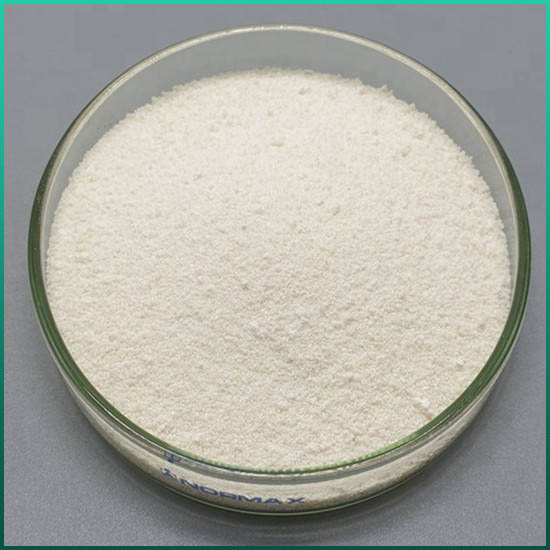Applications of Gallic Acid
2024-06-20
Gallic acid is a naturally occurring phenolic compound found in various plants, fruits, and foods. It is known for its potent antioxidant properties and has several applications in the medical, pharmaceutical, and food industries. Here’s a detailed overview of gallic acid, including its sources, chemical properties, health benefits, applications, and safety considerations.
Sources
Gallic acid is commonly found in:
- Plants: Tea leaves, oak bark, witch hazel, and sumac.
- Fruits: Grapes, blueberries, and strawberries.
- Foods: Red wine, green tea, and certain types of mushrooms.
Chemical Properties
- Chemical Formula: C7H6O5
- Molecular Weight: 170.12 g/mol
- Structure: Gallic acid has a benzene ring with three hydroxyl groups (OH) and one carboxylic acid group (COOH).
- Solubility: It is soluble in water, alcohol, and ether.
Health Benefits
1. Antioxidant Activity:
- Neutralizes free radicals, reducing oxidative stress and potential cellular damage.
2. Anti-Inflammatory Effects:
- Reduces inflammation by inhibiting pro-inflammatory enzymes and cytokines.
3. Antimicrobial Properties:
- Exhibits antibacterial, antiviral, and antifungal activities against various pathogens.
4. Anti-Cancer Potential:
- Induces apoptosis (programmed cell death) in cancer cells and inhibits tumor growth.
5. Cardiovascular Health:
- Helps in lowering blood pressure and cholesterol levels, promoting heart health.
6. Neuroprotective Effects:
- Protects nerve cells from damage, potentially beneficial in neurodegenerative diseases.
Applications
1. Pharmaceuticals:
- Used as an active ingredient in medications for its antioxidant, anti-inflammatory, and antimicrobial properties.
2. Food Industry:
- Acts as a natural preservative to extend the shelf life of foods by preventing oxidation.
- Used as a food additive for its health benefits and to enhance flavor.
3. Cosmetics:
- Incorporated into skincare products for its anti-aging and skin-protective properties.
4. Dye and Ink Industry:
- Utilized in the production of inks and dyes due to its ability to form complexes with metals.
5. Chemical Analysis:
- Employed as a standard for measuring phenolic content in various substances.
Safety and Toxicity
- Generally Recognized as Safe (GRAS):
- Gallic acid is considered safe for consumption in moderate amounts.
- Toxicity:
- High doses can cause adverse effects, including gastrointestinal disturbances and potential kidney damage.
- Allergic Reactions:
- Rare, but possible in sensitive individuals.
Dosage and Administration
- Supplements:
- Available in capsule and tablet forms. The typical dosage varies depending on the specific health condition being treated.
- Dietary Sources:
- Consuming foods rich in gallic acid, such as berries and tea, is a natural way to incorporate this compound into your diet.
Conclusion
Gallic acid is a valuable natural compound with a wide range of health benefits and applications. Its antioxidant, anti-inflammatory, and antimicrobial properties make it a popular ingredient in pharmaceuticals, food products, and cosmetics. While generally safe, it is important to use gallic acid within recommended limits to avoid potential adverse effects. Incorporating gallic acid through natural dietary sources can be a beneficial addition to a healthy lifestyle.



